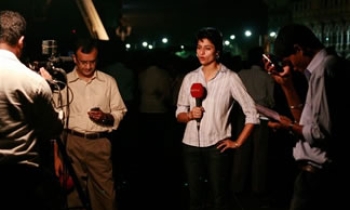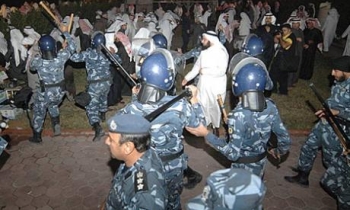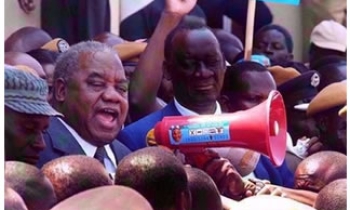Chew on these numbers. According to a study conducted by the Internet and Mobile Association of India (IAMAI) and online market research company Pinstrom, there are 40,000 advertisers targeting Indian web users, who conduct over one billion searches a month. Out of this, over 300 million searches carry ads, eventually producing 5 million click-thrus every month.
In such a melee, how does a marketer get his message across to his target? More so given the rapid growth of the user community. IAMAI estimates there were 37 million Internet users in India in September 2006, a majority of whom (40%) are school- and college-going students, and since they use the Net mainly for information search (24-37%), they are the main target group for search marketers.
The biggest advantage with search—or rather contextual marketing—is that it’s targeted, so there is no “reach wastage.” Over 99% of Google’s revenues presently come from selling such ads, which have quickly overtaken online display advertising as the most preferred mode. “Banking and financial services, followed by technology companies are the biggest spenders on the Net because their consumers first go online to do some research before they make a purchase decision,” informs Divya Kamalini, a media planner at sulekha.com.
The fact to remember is that Internet advertising works very differently from other media. Ad positioning is important in all media, but perhaps not as important as with the Internet media, where users often land at a web page through a search engine. So if the ad is related to their search query they are likely to click on it.
The effectiveness of an online ad unit is determined by the number of clicks on it, as a percentage of the number of impressions served. “We take an industry average of 0.2% as a Click Through Rate (CTR). The higher the CTR, the more effective the campaign is considered,” says Nilakshi Shukla, media manager at webchutney.com.
Web users will click on an ad, only if it is related to the information that they are seeking on the net, which is how the concept of contextual advertising and search marketing has evolved in recent years.
To give an example, if the ad is to do with a new computer chip, positioning it on a tech site will get more CTR than bunging it on a site which displays a database of recipes. Conversely, if someone were marketing an instant cake-mix, it would make more sense to position it on the recipe than the tech site in order to generate the best CTR.
Crucially, the effectiveness of search marketing depends on the choice of the keyword. Keywords are sold like hot commodities, the price depending on their likelihood of showing up in an Internet search. The problem is an advertiser can never have too many keywords.
Search engines say that almost half of their search queries have never been asked before, which implies that a marketer has to keep adding to his pile of keywords, just to keep his portfolio up to date. Travel sites routinely buy and deploy over three million keywords each on search marketing campaigns, according to the Pinstrom research. Long phrases convert better. So someone looking for “Sea view hotel room in Mumbai” is making a more precise and less expensive request compared to somebody just asking for a “hotel room”.
“Text links work best with travel, insurance and finance sectors,” says Satya Prabhakar, CEO, sulekha.com. “It’s also a good medium for movie and art review portals.” Although, cost-wise, text-linking works out to be much cheaper (1:10 Cost Per Impression, that is measured in terms of Cost Per Mille, that is, CPM), in comparison to banner ads (because it consumes less bandwidth on the host server) and it gives better CTR, the limitation is that it doesn’t give visibility to a brand; so an HLL or a Bharati won’t go for it.
“Results also depend on the websites where you display them. Newspaper websites will obviously give better results than others,” informs sulekha’s Divya Kamalini.
The cost differs from site to site, but the most prized are rich media innovations like site capture, shoshkeles, interstitials etc, followed by e-mailers, expandable banners, pop-unders, regular banners, and lastly, text links. In terms of the most expensive categories of sites, the order (highest to lowest) would be sites like tech sites (example, techtree.com), followed by mass portals (example, yahoo.co.in, Indiatimes.com), followed by niche sites (for example, agencyfaqs. com). Somewhere between the niche and the mass portals are moneycontrol.com and economictimes.com. Also, on the same site, the home page is generally more expensive than the inside pages.
In other words, the more relevant the context, the better your chances of getting your ads viewed by the target audience.









